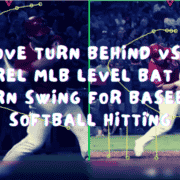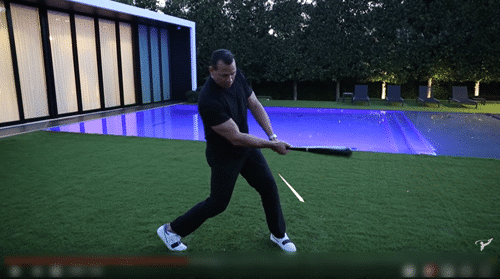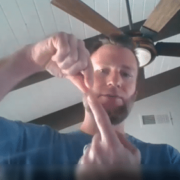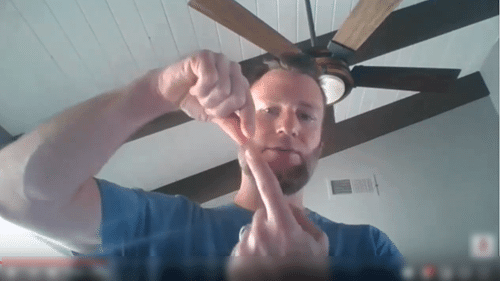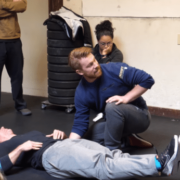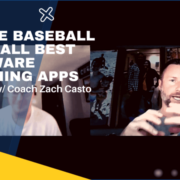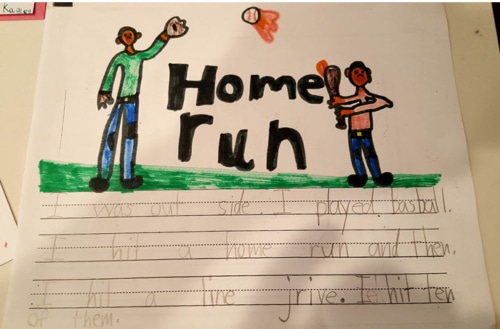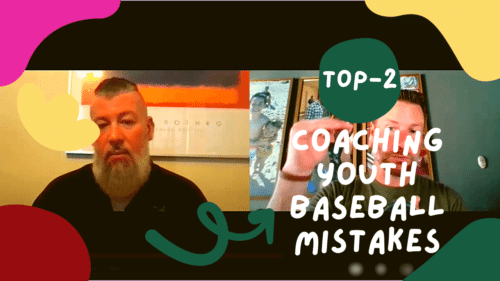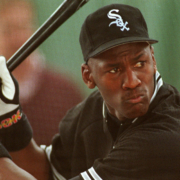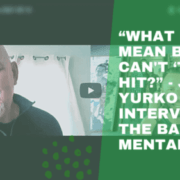Learn how to improve turn behind barrel vs push barrel MLB hands above level bat path in today’s modern swing for baseball and softball hitting. Discover drills to fix and get rid of bat drag once and for all.
Accelerate Barrel Rearward Like Mike Trout?
There are a few “gurus” out there promoting a rearward barrel acceleration, which I agree with but ONLY on pitches middle away/down in the zone. Teaching young hitters the concept over the past few years, with no disregard for pitch depth, some of my most clean mechanical hitters were having challenges getting to the inside pitch.
Rearward barrel acceleration is good, but MUST not be a blanket teach for all pitch depths. The best hitters, like Mike Trout, alter the timing of the barrel’s release off the back shoulder. Here’s a similar post I went in more depth on this concept with many examples.
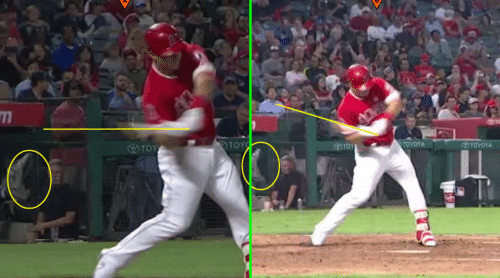
Mike Trout swing case study: hitting the “catcher’s glove”. Photo courtesy: MLB.com
Enter the softball drills content of this video. Here’s what I tried to do in the above Mike Trout swing case study:
- Select Mike Trout home-run swings that were based off similar pitch type, location, and pitch speed,
- Same game would assume same catcher and catcher’s position relative to the hitter,
- Same camera view, and preferably the same camera zoom setting,
- Comparing inner third of plate pitch location barrel path versus outer third, and
- Same pitcher would help control timing variable.
SCIENCE-BASED TRAINING:
Improve your hitting strategy dramatically by applying human movement principles.
Learn not only how and what to train but also the science behind the methods.
This was A LOT to ask, so truth be told…unfortunately, not all these points are affirmed in this case study. Let’s compare Mike Trout’s 200th and 201st career homers on September 29, 2017…
Pitch #1:
- Gonzalez was the pitcher
- 86-mph FB? outer third part of the plate, mid-thigh high
- Homer to LCF
Pitch #2:
- Vincent was the pitcher
- 90-mph FB, inner third of the plate, mid-thigh high
- Homer to LF
A softball drills note on Mike Trout’s “alligator arm” swing on Pitch #2:
- Okay if late on the inner half of the plate (purpose is to barrel up ball and that’s what Mike Trout is doing on pitch #2),
- NOT okay if doing off a tee, if on-time during soft-toss, or during dry swings (basically when timing is irrelevant or minimal), and
- CLICK HERE for a recent post on how to fix alligator arms, and how to practice what Mike Trout is doing with hitting the different “catcher’s gloves”.

